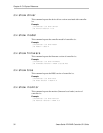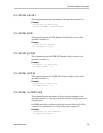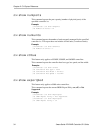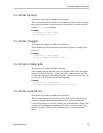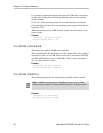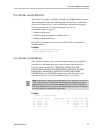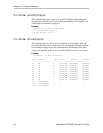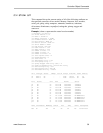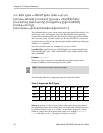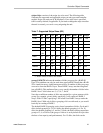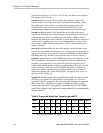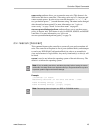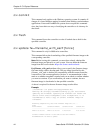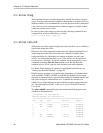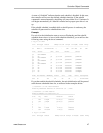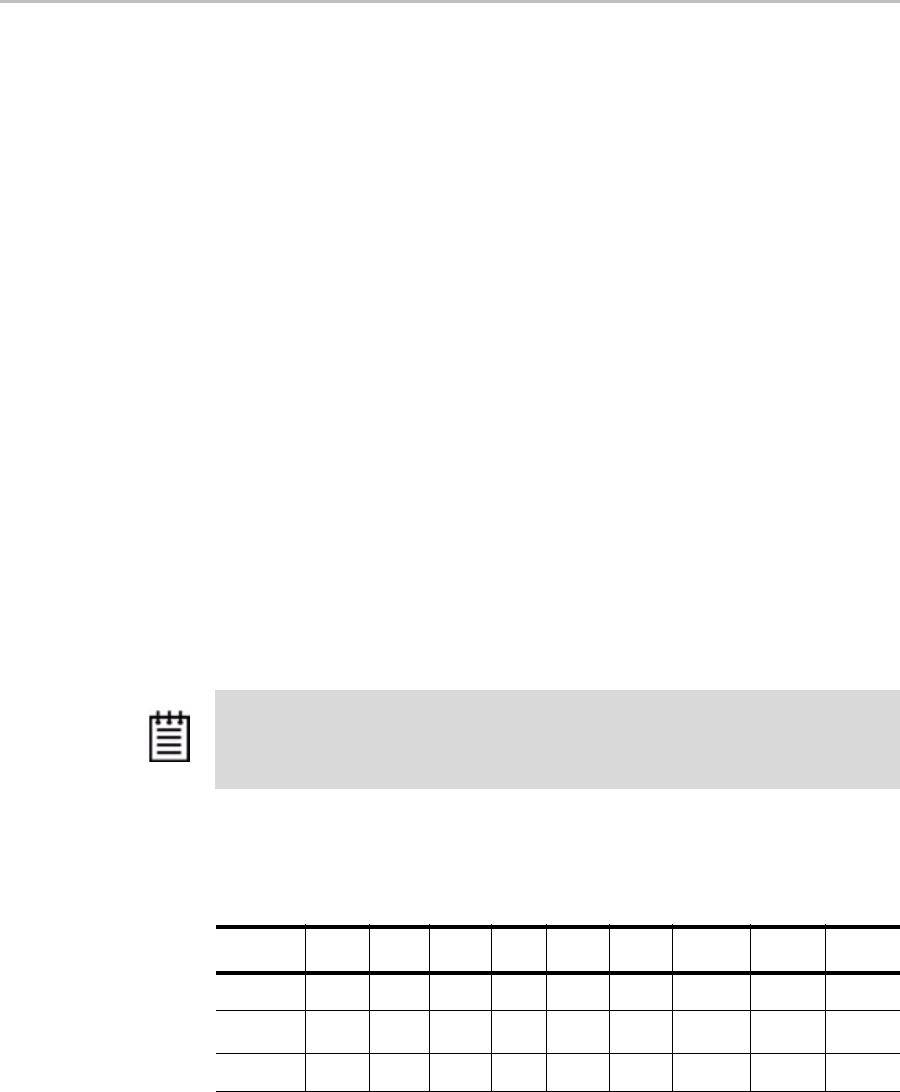
Chapter 2. CLI Syntax Reference
40 3ware Serial ATA RAID Controller CLI Guide
/c
x
add type
=<RaidType>
disk
=<p:-p>
[stripe=
Stripe
] [noscan] [group=
<3|4|5|6|7|8>
]
[nocache] [autoverify] [noqpolicy][ignoreECC]
[name=
string
]
[storsave=<protect|balance|perform>]
This command allows you to create a new unit on the specified controller. You
specify type, disks, and optional stripe size. By default the host operating
system will be informed of the new block device, write cache will be enabled,
and a storsave policy of protect will be set. In case of RAID 50, you can also
specify the layout of the unit by specifying the number of disks per disk group
with the
group attribute.
/cx is the controller name, for example /c0, /c1, and so forth.
type=RaidType specifies the type of RAID unit to be created. Possible unit
types include raid0, raid1, raid5, raid6 (9650SE only), raid10, raid50, single,
spare, and JBOD.
Example: type=raid5
When a new unit is created, it is automatically assigned a unique serial
number. In addition, users can assign the unit a name.
The following table shows supported types and controller models.
disk=p:-p consists of a list of ports (disks) to be used in the construction of
the specified unit type. One or more ports can be specified. Multiple ports can
be specified using a colon (:) or a dash (-) as port index separators. A dash
indicates a range and can be mixed with colons. For example
disk=0:1:2-
5:9:12
indicates port 0, 1, 2 through 5 (inclusive), 9 and 12.
Note: The unit’s serial number cannot be changed.
Table 6: Supported RAID Types
Model R0 R1 R5 R6 R10 R50 Single JBOD Spare
7K/8K Yes Yes Yes No Yes No No Yes Yes
9000
a
a. Models 9500S, 9550SX, and 9590SE
Yes Yes Yes No Yes Yes Yes Yes Yes
9650SE Yes Yes Yes Yes Yes Yes Yes Yes Yes



